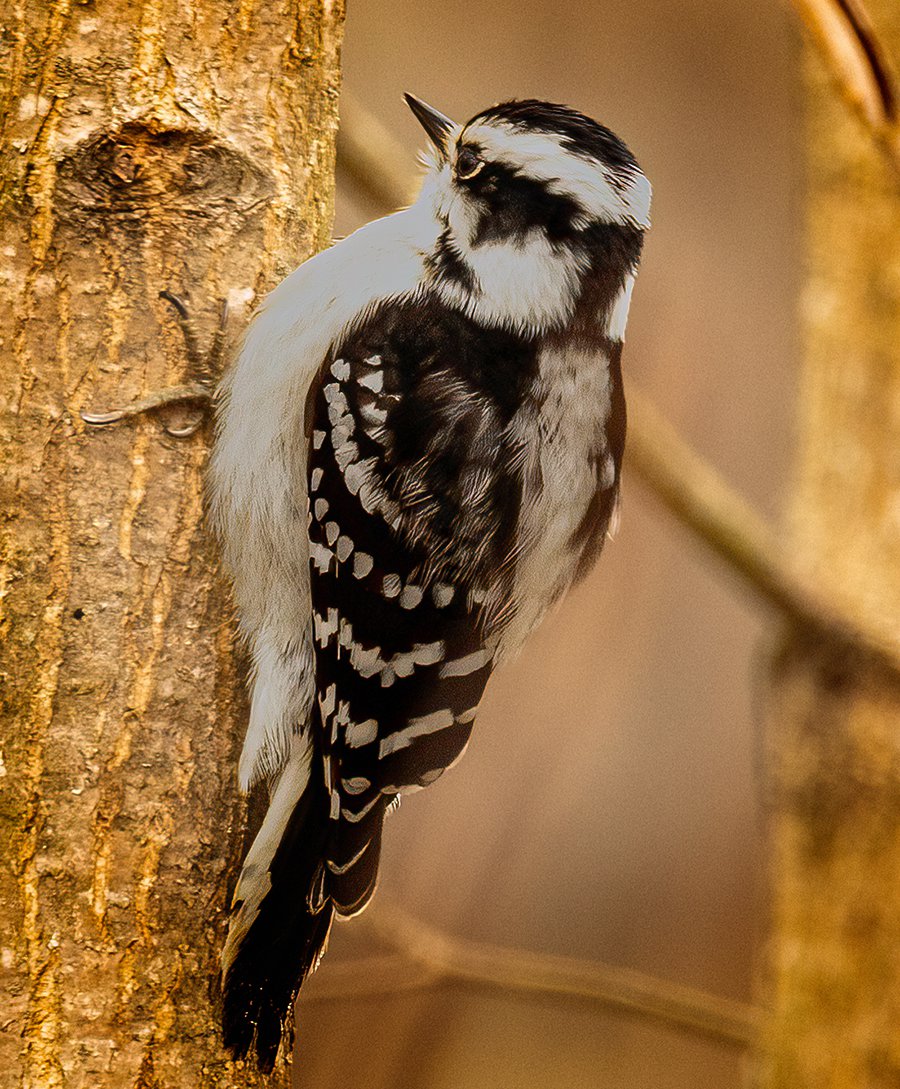Woodpeckers in Florida: Identification Tips and Environment Preferences
Woodpeckers in Florida: Identification Tips and Environment Preferences
Blog Article
Unveiling the Keys of Woodpeckers: Actions, Habitat, and A Lot More
Woodpeckers, with their special actions and specialized adaptations, have actually lengthy attracted scientists and nature enthusiasts alike. These impressive birds possess a variety of intriguing tricks that dropped light on their survival techniques, environment choices, and elaborate communication methods. By revealing the enigmas surrounding woodpeckers' habits and habitat selections, a deeper understanding of these bird marvels arises, using a glimpse right into their remarkable globe. So, what makes these birds absolutely phenomenal, and just how do they browse their atmosphere with such accuracy and ability? Allow's explore the fascinating realm of woodpeckers and unwind the enigmatic details that make them such intriguing topics of study.
Woodpecker Habits Insights
In analyzing woodpecker behavior, an interesting screen of specialized skills and adjustments emerges, losing light on their amazing eco-friendly particular niche. Woodpeckers, known for their distinctive drumming on trees, possess a selection of behavioral qualities that add to their survival and success in their environment.
Moreover, woodpeckers exhibit an unique feeding behavior characterized by their capacity to remove insects from tree bark using their specialized beaks. Their long, barbed tongues help in capturing target, while their strong neck muscles offer stability and accuracy during pecking activities. This feeding method allows woodpeckers to accessibility hidden insect larvae and extract them with exceptional performance.
Habitat Preferences and Choice
What aspects influence the environment choices and choice of woodpeckers? Woodpeckers are highly versatile birds known to inhabit various environments worldwide. Nonetheless, they do exhibit choices for specific habitat attributes. One critical factor influencing woodpecker environment choice is the schedule of suitable nesting sites. Woodpeckers typically favor forests with a mix of fully grown trees that supply sufficient possibilities for cavity excavation. These cavities function as important nesting and roosting websites for woodpeckers and are vital for their reproducing success.
Furthermore, woodpeckers show a choice for habitats with a bountiful supply of food resources. They are mainly insectivorous, preying on beetles, ants, larvae, and other pests discovered in worn out wood or tree bark. For that reason, woodpeckers tend to prefer woody locations with a varied insect population to fulfill their dietary needs.
Moreover, the existence of dead or rotting trees is another key aspect in woodpecker environment choice. These trees not just give food sources however additionally use ideal substrate for tooth cavity excavation. Dead trees are necessary for you can look here the upkeep of healthy and balanced woodpecker populaces, as they play an essential function in the woodpeckers' life process and community dynamics.
Feeding Habits and Diet Plan Composition
Woodpeckers show a specialized feeding actions concentrated on foraging for insects within different environments. Their diet regimen mainly includes insects such as beetles, ants, caterpillars, and crawlers, which they situate by touching on tree bark and listening for the audio of motion inside. Woodpeckers utilize their solid beaks to drill right into the timber and their lengthy, barbed tongues to draw out prey from gaps. In enhancement to insects, woodpeckers also take in tree sap, fruits, nuts, and seeds, adding selection to their diet regimen relying on the period and availability of food resources.
The foraging techniques of woodpeckers are well-adapted to their arboreal way of life. Woodpeckers play a critical role in keeping the wellness of woodlands by managing insect populations and aiding in the decay of wood.
Drumming Appears and Communication
Utilizing fast drumming audios on different surface areas, woodpeckers use a distinct type of interaction to signal region limits and attract companions. This drumming actions is not just a means of interaction however additionally serves as a method for woodpeckers to develop their visibility within a certain area. The strength, speed, and his comment is here pattern of the drumming can convey crucial info to other woodpeckers in the location.
Woodpeckers make use of drumming noises to reveal their existence in an area and to caution off prospective burglars. The loud and repeated nature of the drumming offers as a clear signal to other woodpeckers that the location is currently asserted. This helps in lowering problems and reducing physical conflicts in between people.

Survival Adaptations and Specialized Anatomy

Final Thought
To conclude, woodpeckers display one-of-a-kind habits, such as drumming noises for interaction, and have actually specialized anatomy for survival in their picked environments. Their feeding practices and diet structure further demonstrate their adaptability to different environments. By comprehending these aspects of woodpeckers, researchers and guardians can much better safeguard and preserve these interesting birds and their communities.
Report this page